Categories
- Argentina
- Chile
- Antarctica
- Easter Island
- Falklands (Malvinas)
- Bolivia
- Peru
- Uruguay
- Paraguay
- Brazil
- Venezuela
- Colombia
- Ecuador
- Galapagos
- Panama
- Costa Rica
- Cuba
- Nicaragua
- Honduras
- El Salvador
- Guatemala
- Belize
- Mexico
- Latin American Xmas
Pages
- Street Art of Buenos Aires
- A week in Buenos Aires
- The Jesuit Missions in South America
- Contact Us
- Map of Central America
- First week in Latin America – October 2009
- Home Page
- Map of South America
Archives
- October 2011 (3)
- September 2011 (9)
- August 2011 (10)
- July 2011 (7)
- June 2011 (6)
- May 2011 (11)
- April 2011 (10)
- March 2011 (4)
- February 2011 (5)
- January 2011 (6)
- December 2010 (6)
- November 2010 (4)
- October 2010 (8)
- September 2010 (5)
- August 2010 (7)
- July 2010 (5)
- June 2010 (6)
- May 2010 (6)
- April 2010 (7)
- March 2010 (6)
- February 2010 (9)
- January 2010 (4)
- December 2009 (8)
- November 2009 (5)
- October 2009 (2)
México City
26th September 2011
 México City [33] is one of the largest cities in the world with over 20 million people, and one of the highest at 2240 metres. We arrived as crowds poured into the centre to celebrate Independence Day eve with a speech by the President followed by fireworks which we watched from the rooftop of our hotel.
México City [33] is one of the largest cities in the world with over 20 million people, and one of the highest at 2240 metres. We arrived as crowds poured into the centre to celebrate Independence Day eve with a speech by the President followed by fireworks which we watched from the rooftop of our hotel.
.
It all began with the nomadic Aztecs. While wandering the swamps around Lake Texcoco near the present day city, they witnessed a prophesied sign of an eagle standing on a cactus, eating a snake (now the symbol of México). They stopped to build their city Tenochtitlán, turning swampy land into raised gardens. The Spanish arrived in 1519, destroyed the city and filled in the swamp to build a sophisticated European style capital. War or disease then killed most of the original inhabitants. The Templo Mayor, the main temple of the Aztecs, was taken apart and used to build the new Spanish colonial city. The Temple’s exact location was forgotten until 1978 when it was accidentally re-discovered adjacent to the Zócalo (main plaza) and the Cathedral. The heavy buildings of the Spanish have a tendency to sink into the old lake bed, and parts of the city have subsided over 8 metres giving today´s old city a strange tilted look.
.
We made the mistake of going to the National Anthropology Museum on a Sunday when entrance is free for Mexicans. This is certainly the world´s finest museum of pre-Hispanic Mexican cultures, demanding several hours for a quick visit and attracting huge crowds. Mexican families stroll enthralled by their ancestor´s past glories, obviously proud and involved. If you want to see some photos of the exhibits, click here.
.
Our two favourite Mexican artists are Diego Rivera (1886 – 1957) and Frida Kahlo (1907 – 1954). We managed to see their work in several places around the city. An enjoyable Sunday stroll through the tranquil leafy cobbled suburbs of Coyoacán and San Ángel was a real contrast to the bustling chaos of the Centro Historico. When Frida and Diego lived here these suburbs were small towns, separate from México City. We made the pilgrimage to the (blue) former home and resting place of Frida which is now a museum and on to the separate houses joined by a walkway where Frida and Diego lived when they were married.
.
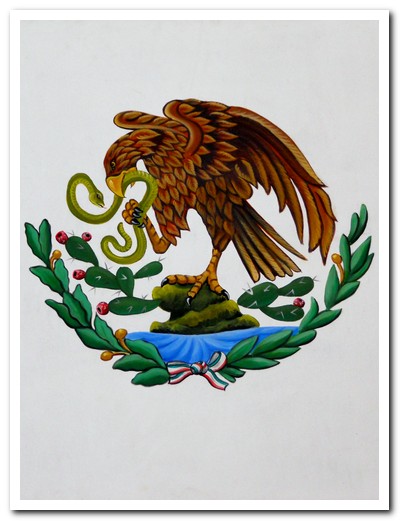
Aztec vision has become the symbol of México featured on the flag

Fireworks for Mexican Independence Day, 16 September
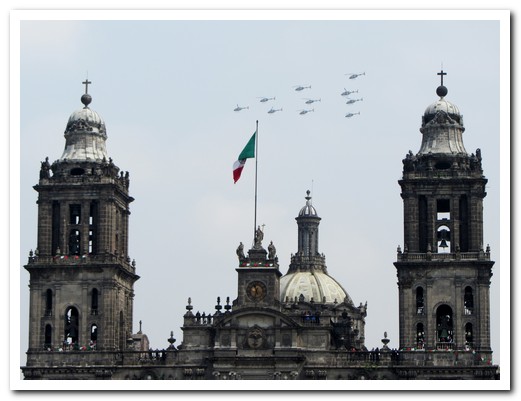
Helicopters fly past the Cathedral for the Independence Day celebrations

This Templo Mayor patio had several superimposed floors to counteract sinking and floods
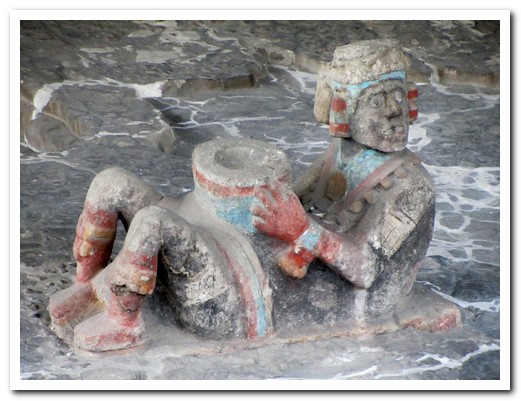
Chac Mool also appeared in Toltec Tula and Mayan Chichén Itzá
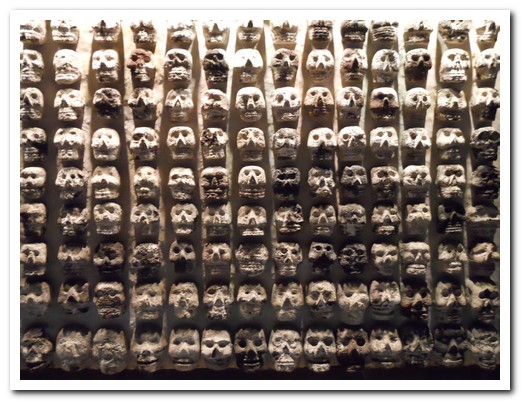
Aztec wall of 240 stone skulls (similar to Tula and Chichén Itzá)
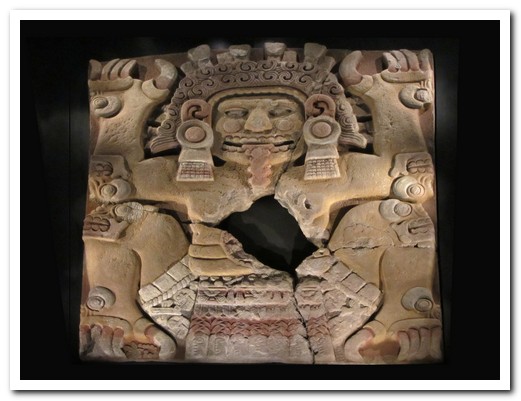
Tlaltecuhtli Diosa de la Tierra (God of the Earth) – foetus has been removed
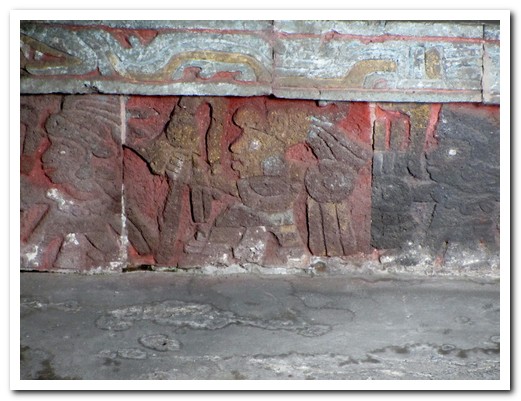
Relief carvings of warriors on the Templo Mayor
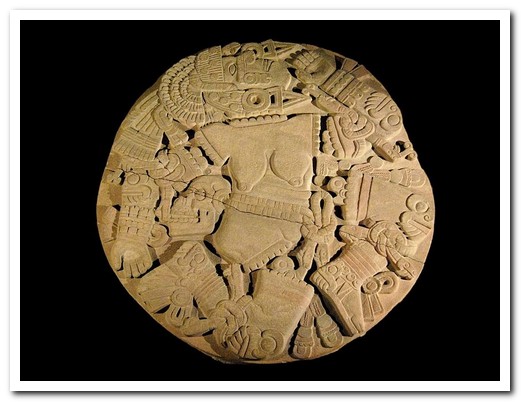
Coyolxauhqui was dismembered and her head tossed into the sky to became the moon
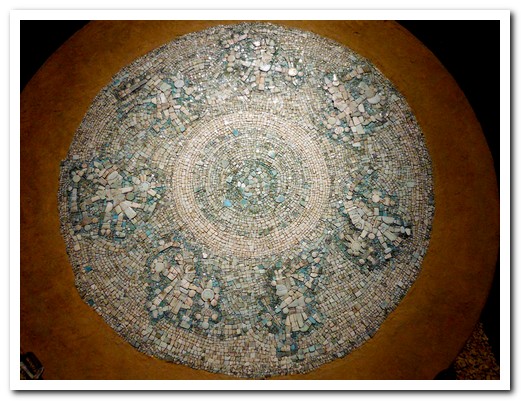
Mosaic of tiny pieces of turquoise
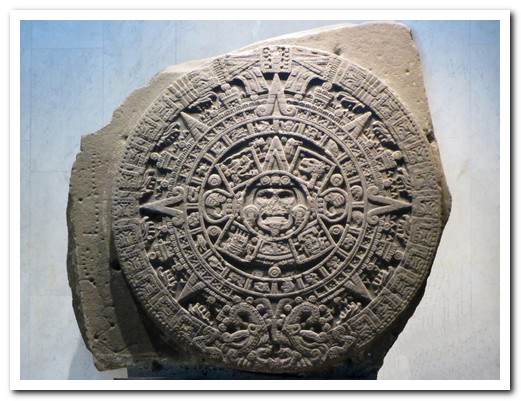
Aztec sun stone, a a large monolithic sculpture found in 1790, is a sacrificial altar not a calendar
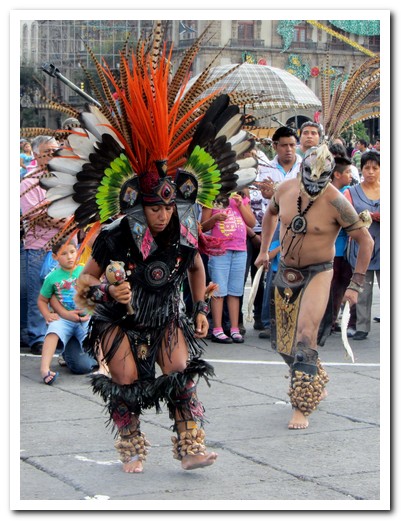
Aztec healers ...
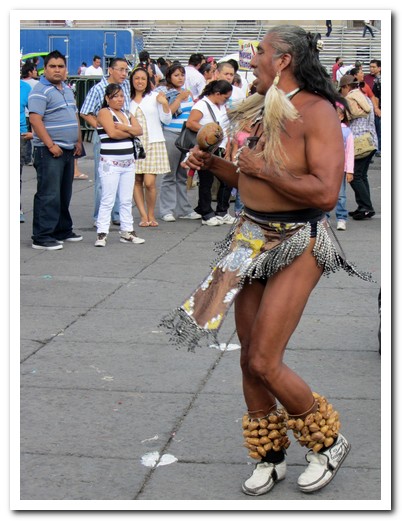
... in the Zócalo

The Cathedral was built on top of the Aztec sacred area near the Templo Mayor
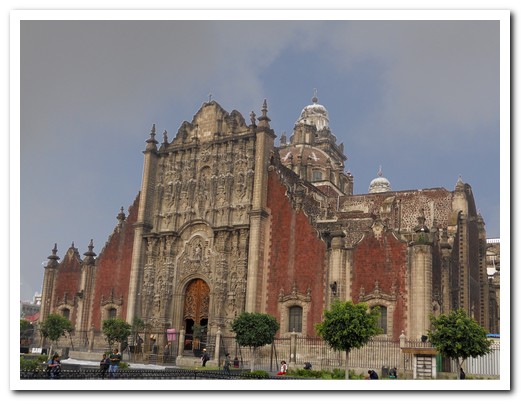
Sagrario beside the Cathedral - it really tilts to the right
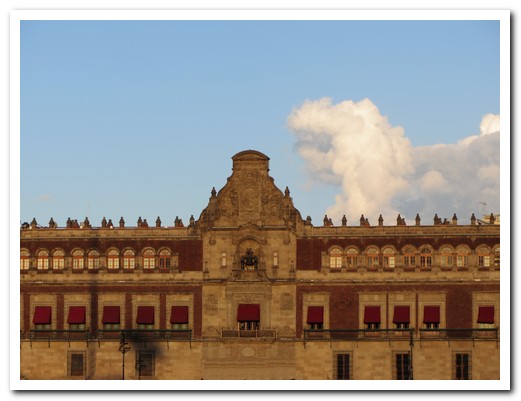
Government Palace opposite the Cathedral across the Zócalo
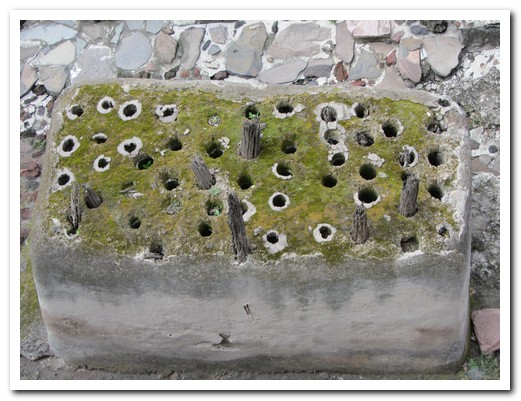
Aztec foundation technique using hardwood anchored in stone was adopted by the Spanish ...

... but many buildings such as the Templo de la Santisíma tilt badly
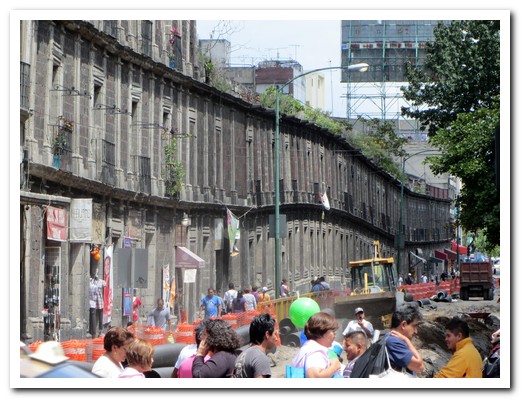
Another subsiding building - stabilisation involves trying to make it sink evenly

House of tiles
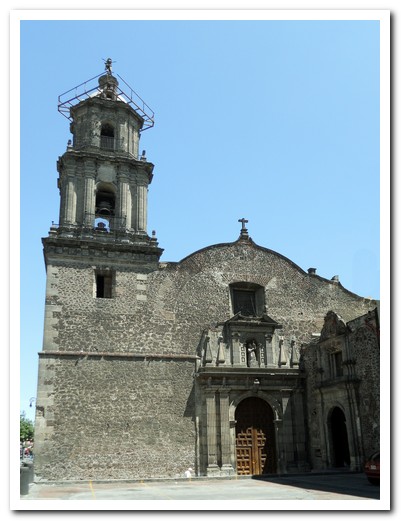
Templo de Jesús Nazareno - Cortes is buried here
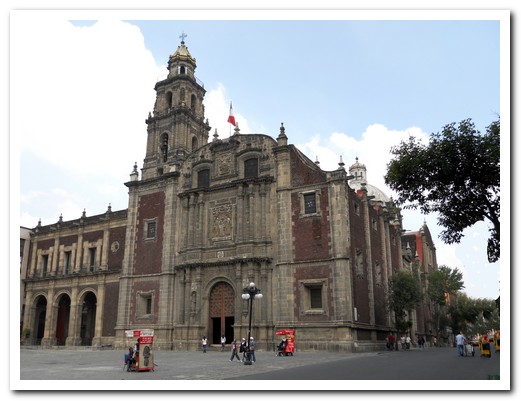
Santo Domingo – the Dominicans ran the Inquisition in Nuevo España from ...

... the Palace of the Inquisition opposite - headquarters of the Inquisition from the beginning of the colonial period until the Mexican War of Independence (1812) - this building dates from 1732

City residence in red volcanic rock - all building were originally made from this light rock
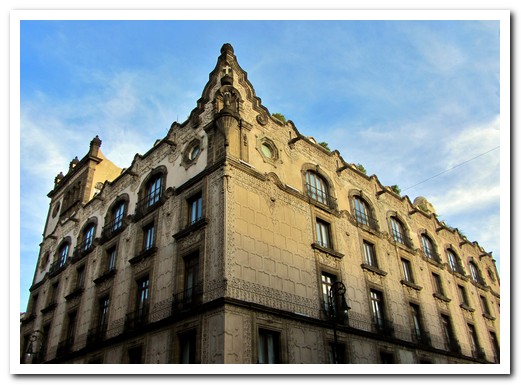
Our hotel in a historic 1800s building
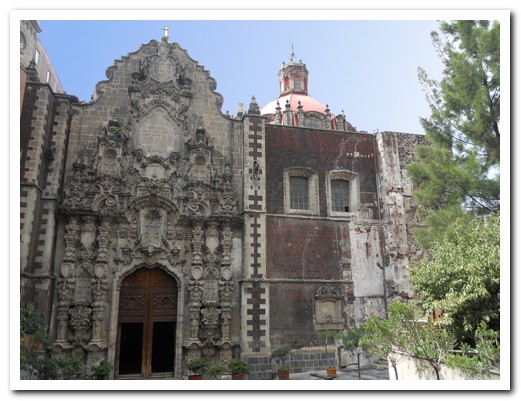
San Francisco
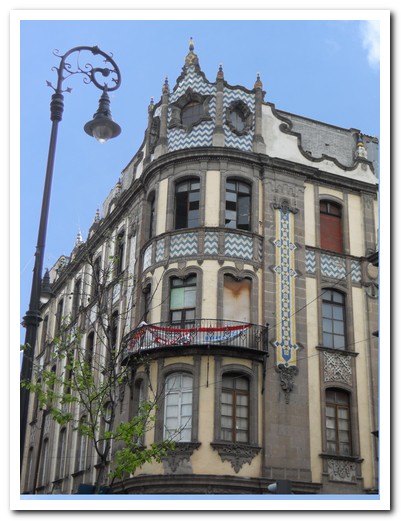
City building
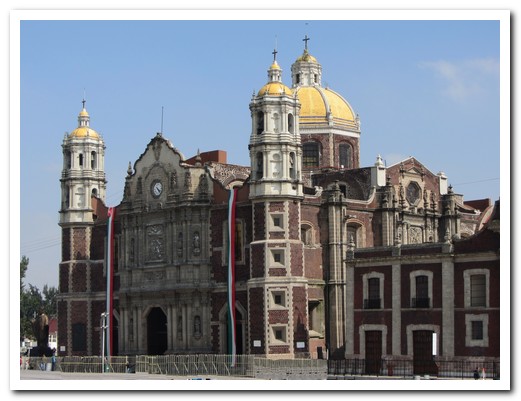
Basilica of Guadalupe, Méxicos most famous pilgrimage place

Carpet of coloured sawdust outside the Basilica

Templo del Posito, near the Basilica
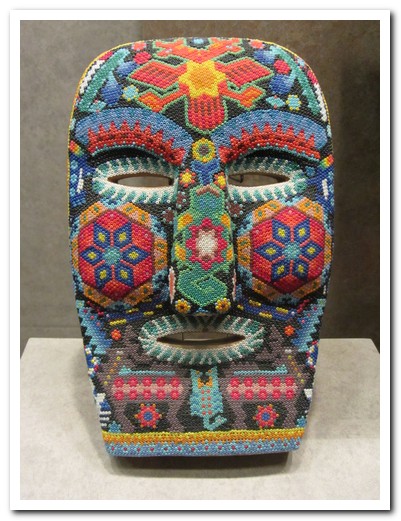
Mask covered with tiny coloured beads (National Anthropology Museum)
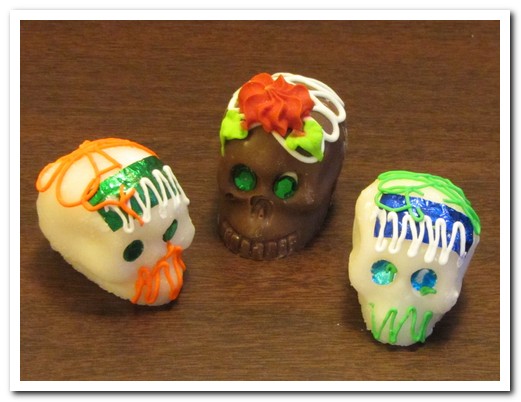
Chocolate and sugar skulls are already in the shops for the Day of the Dead (November 2)

Part of a 15 metre long mural by Diego Rivera ...
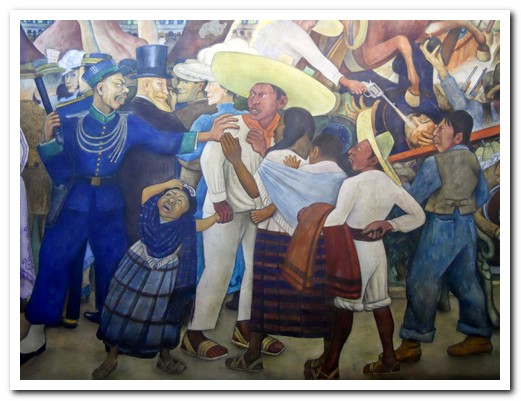
... called Sunday Afternoon in the Alameda

More murals by Diego Rivera (1886-1957) ...

... painted in 1928
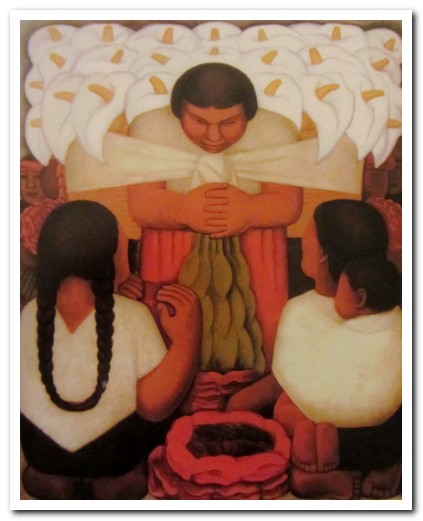
Diego Rivera painting
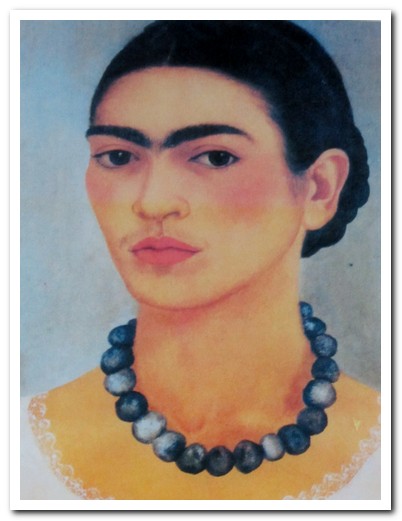
Mexican artist Frida Kahlo (1907-1954)
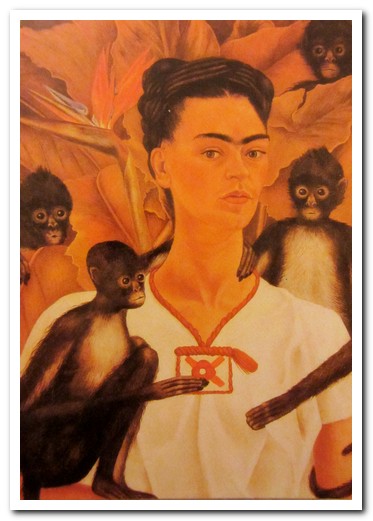
Frida Kahlo painting - self portrait

Selma Hayek as Frida in the movie of 2002

The Blue House, Fridas home in the suburb of Coyoacán
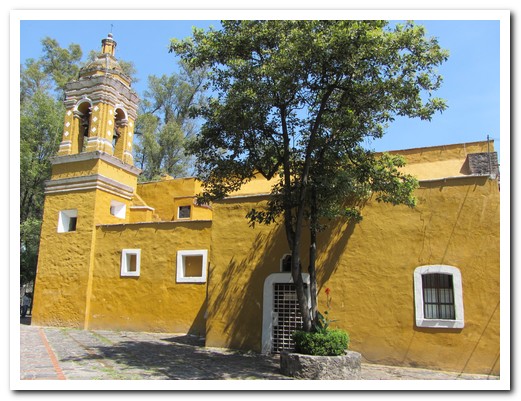
One of the churches in the pleasant leafy suburb of Coyoacán
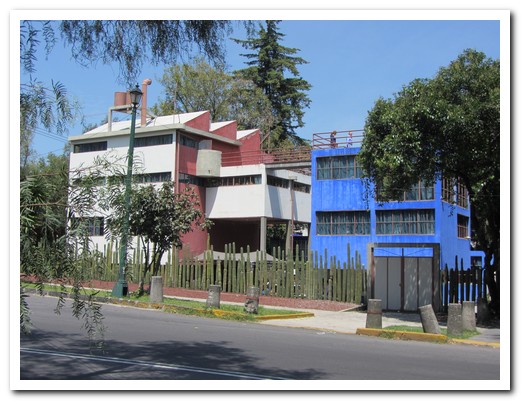
Diego Rivera and Frida Kahlo lived in separate houses, joined by a walkway, in barrio San Ángel